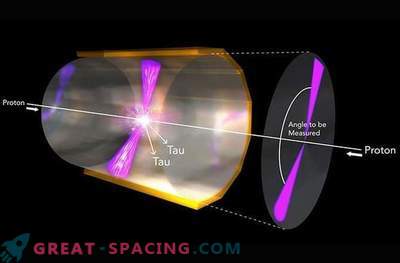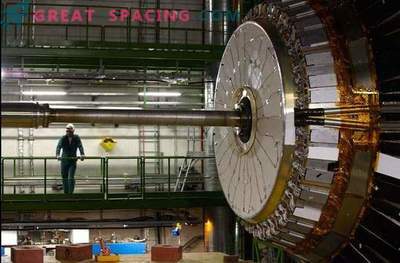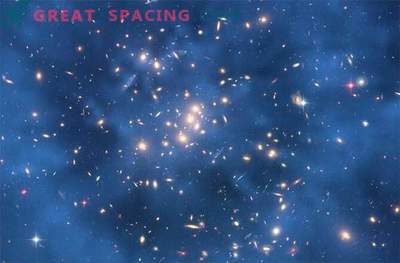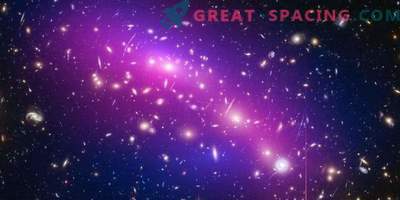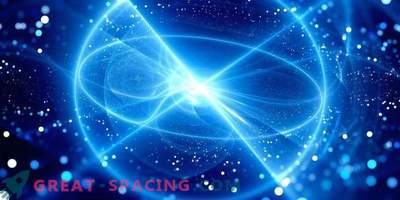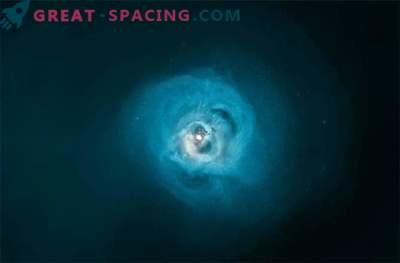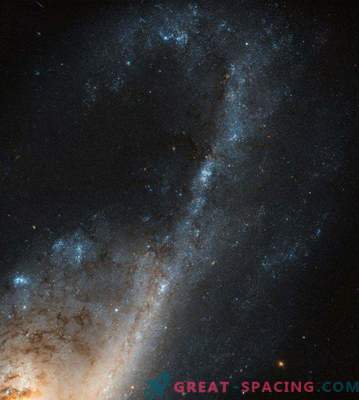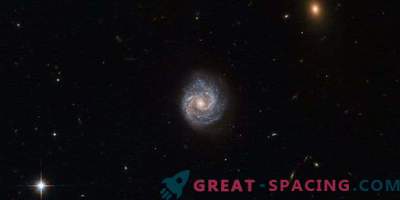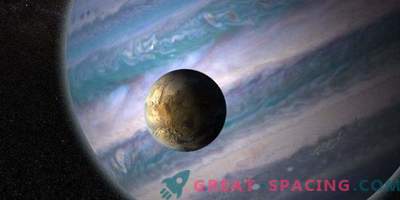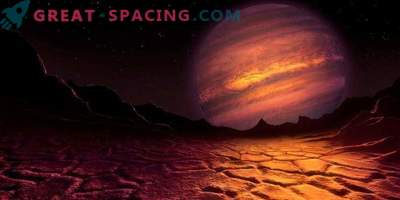
Finding the source of dark matter is one of the key areas of modern astronomy, and the Higgs boson can be the key.
Confirmation of the discovery of the Higgs boson came to us in 2012 after dozens of years of searching. The Higgs boson, theoretically predicted in the 1960s and experimentally confirmed at the Large Hadron Collider near Geneva, Switzerland, eventually led to the award of the Nobel Prize in Physics to Peter Higgs and François Engler.
As we already know, the Higgs particle mediates the Higgs field, which gives mass to all matter. The discovery of the Higgs boson at the Large Hadron Collider became the “missing element” of the standard model of physics. The standard model defines our understanding of the quantum world. A kind of recipe book that allows us to understand how subatomic particles and forces interact on a small scale.
However, although the Standard Model works for most of our tasks, it is not a comprehensive model. In particular, the standard model does not include gravity - obviously a very important omission. In addition, the standard model does not predict the source of the mysterious dark matter - a fact that is becoming increasingly controversial today. Cosmological studies predict that 84, 5 percent of the Universe consists of dark matter, which may have gravitational force and does not interact with electromagnetic force. This type of matter, known as non-baryonic matter, cannot be seen, but its effects become apparent, for example, when observing gravitational effects in clusters of galaxies. We can be sure of this, but we simply cannot see it and therefore cannot fully understand its nature.
There are many theories suggesting various exotic sources of dark matter, but a new model put forward by a group of scientists led by particle theorist Christopher Peterson from Chalmers University of Technology in Sweden will be tested when the Large Hadron Collider restarts this spring.
Peterson suggests that the Higgs boson can decay. This decay is determined by supersymmetry. Supersymmetry predicts that there are more massive “super partners” of known particles that exist outside the framework of the Standard Model. Although there were already hints of these supersymmetric particles, the final observations were very difficult to track. The detectors of the Large Hadron Collider did not directly “see” the Higgs boson when it was detected. For countless billions of particle collisions, the ATLAS and CMS detectors have slowly created a picture of particles after collisions, which ejected the energy generated by collisions of protons rotating in opposite directions. From this particle collision energy, Higgs bosons emerged, quickly decaying into other particles, which the detectors could measure, for example, muons (the more massive cousin of the electron). These kind of “fingerprints” of the Higgs boson became evidence that the Higgs bosons exist.
Now Peterson’s team has suggested that if supersymmetry is real, then the Higgs boson may have a different decay mode, decaying into photons and dark matter particles.
“This is a dream for a theoretical physicist in particle physics. LHC is the only place where the model can be tested,” said Peterson.
